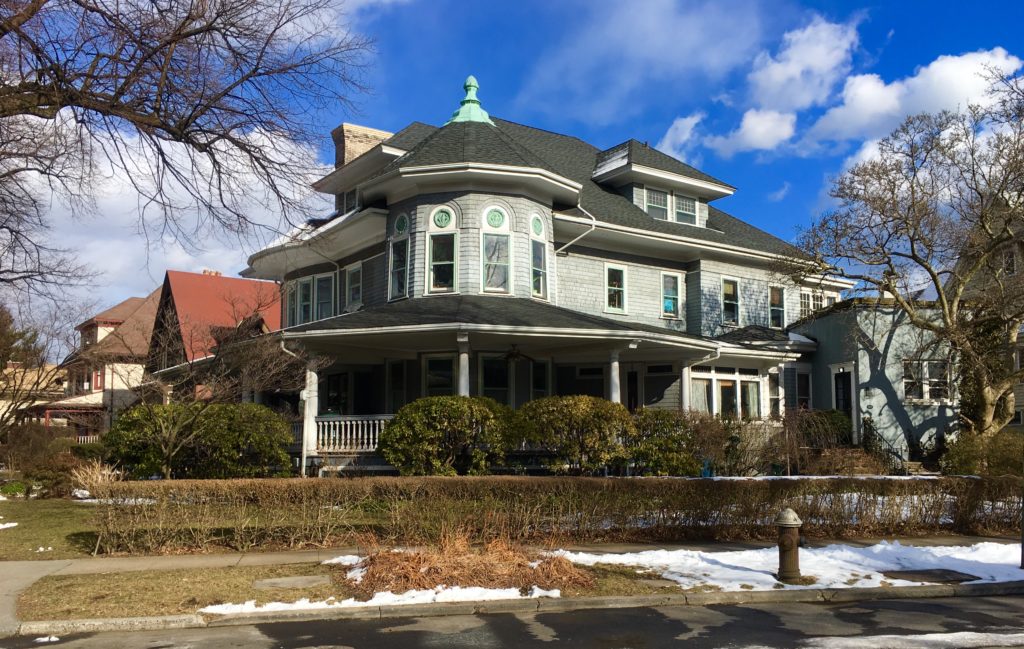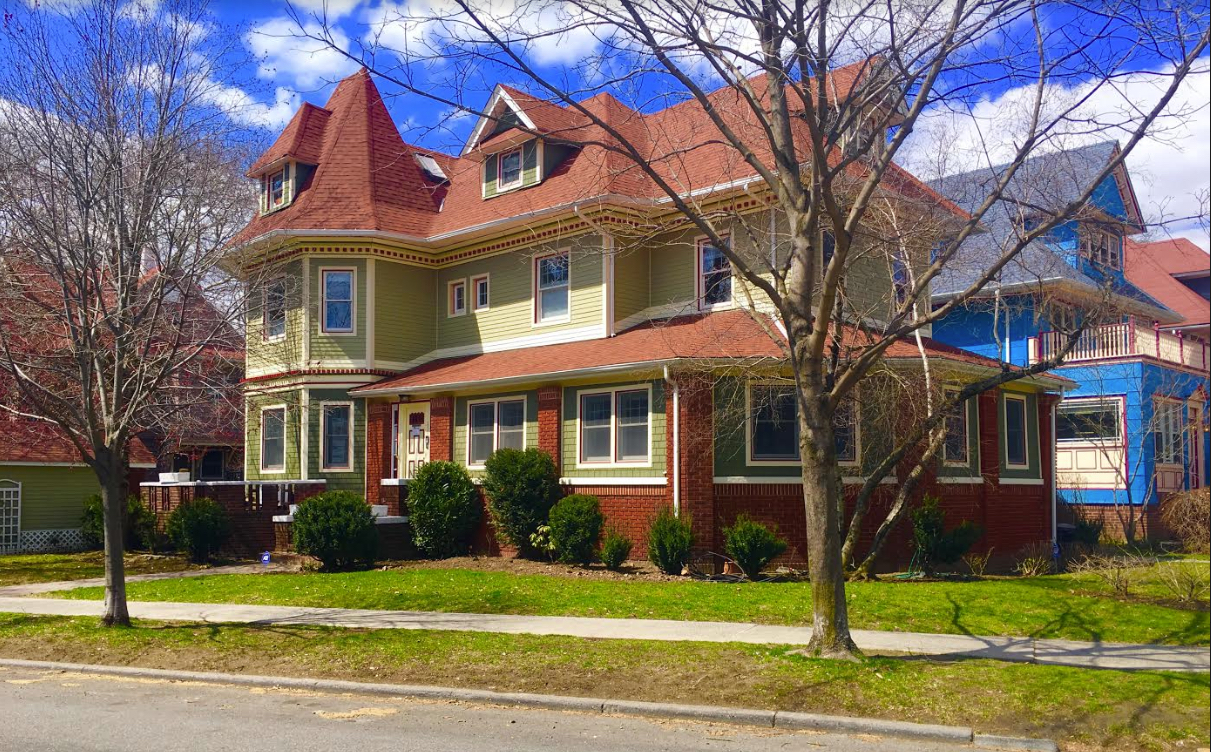See five scenic spots in landmarked Ditmas Park
Eye on Real Estate: Victorian Flatbush architectural eye candy awaits you

Welcome to the Ditmas Park Historic District. Eagle photo by Lore Croghan
Ditmas Park is a Victorian house-fancier’s fantasy come to life.
All those magnificent stand-alone, century-old frame houses with beautiful yards.
All those circular porches topped with pointy-roofed turrets.
